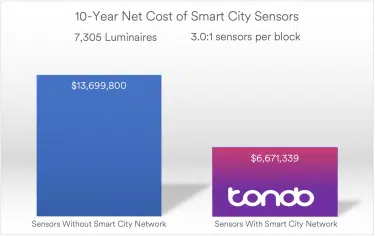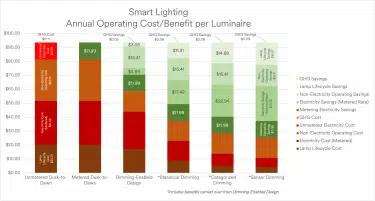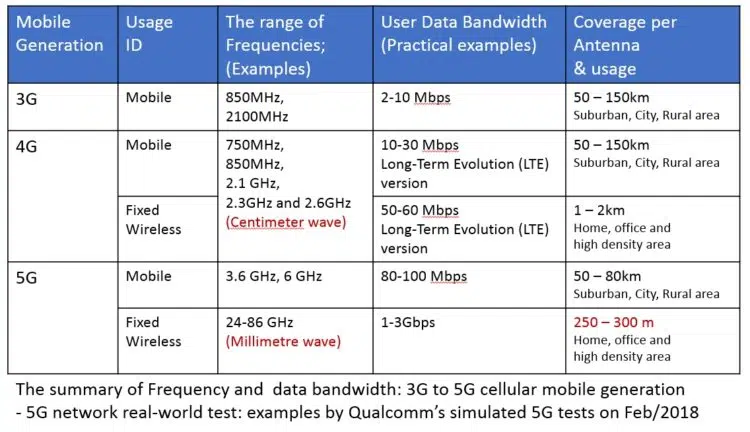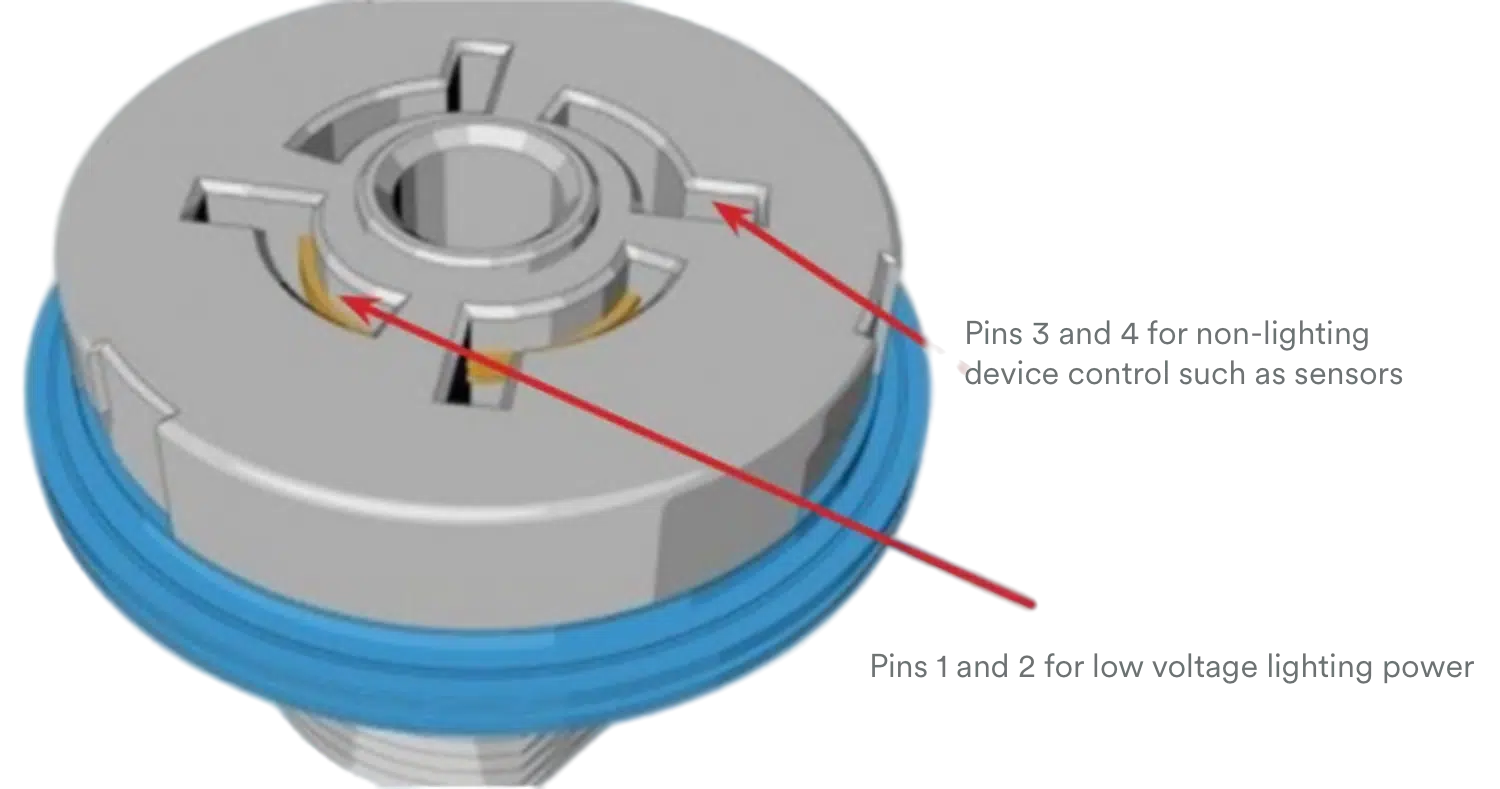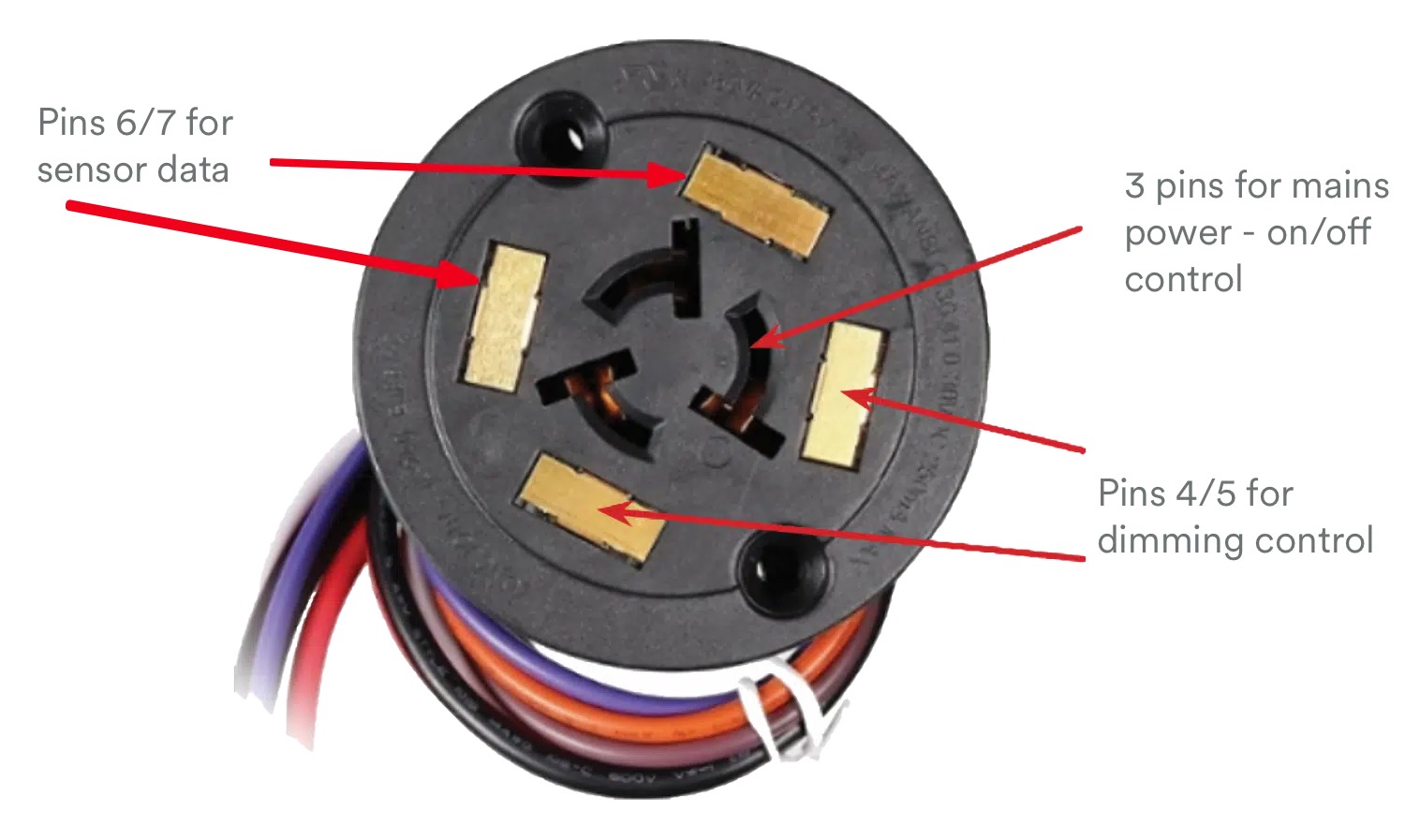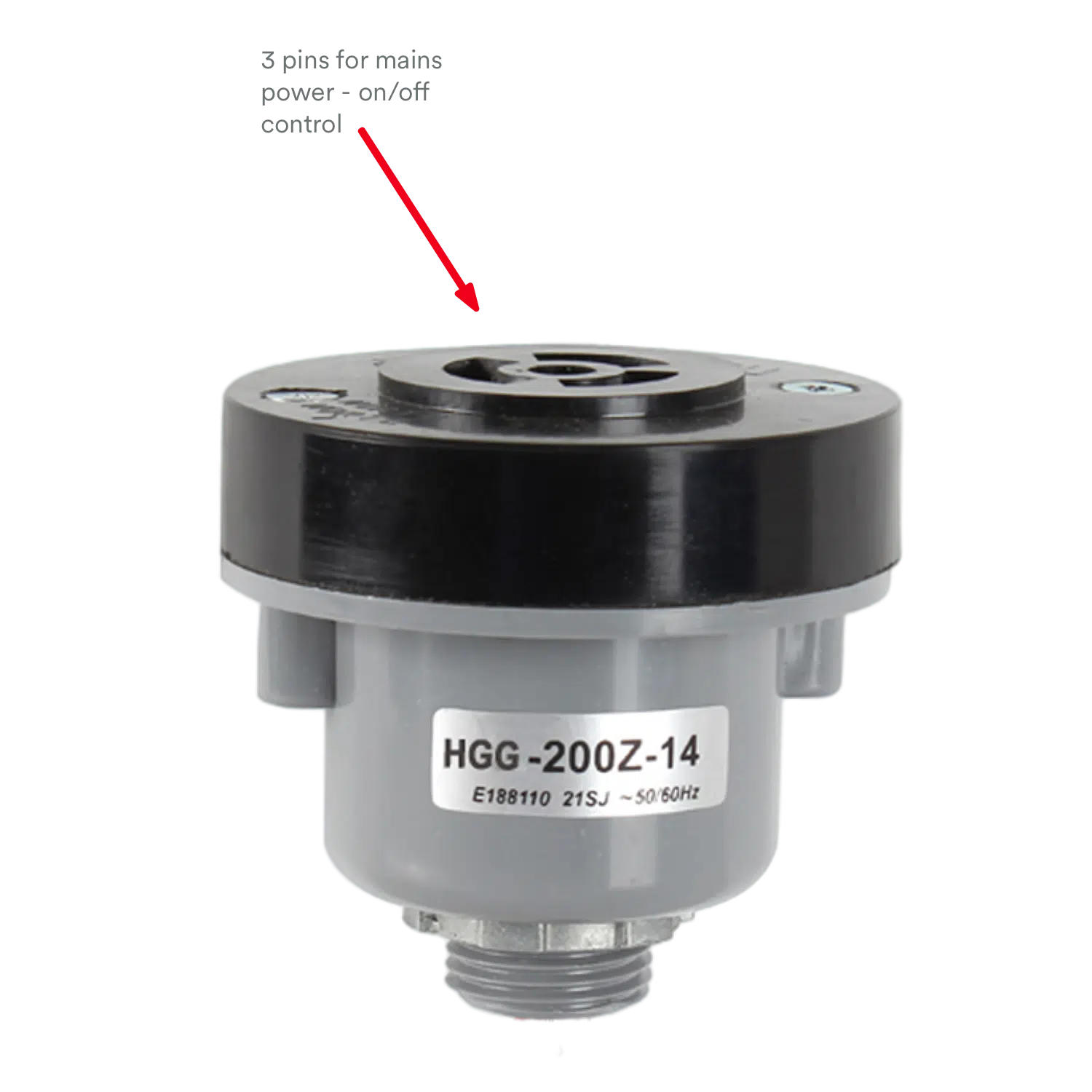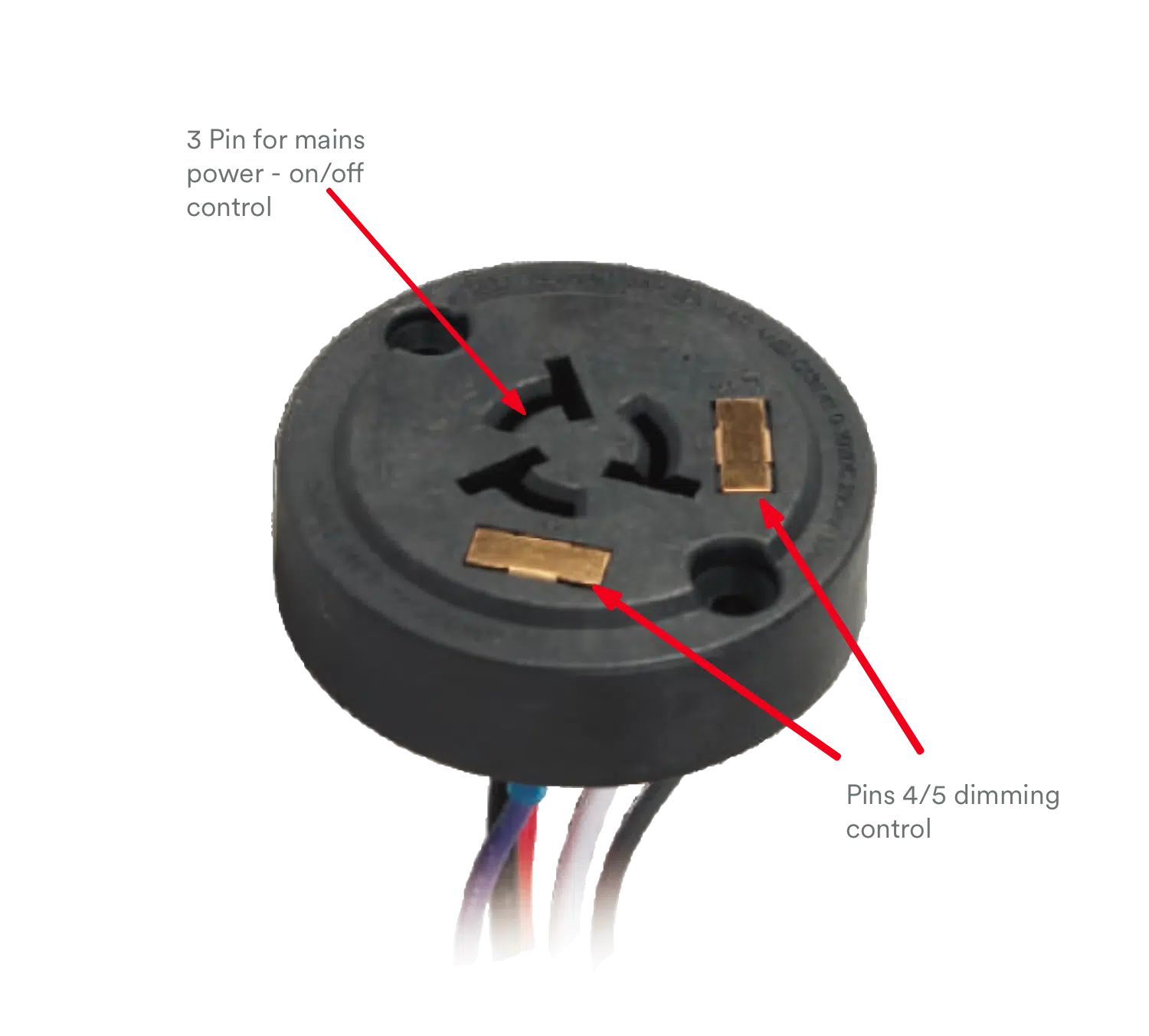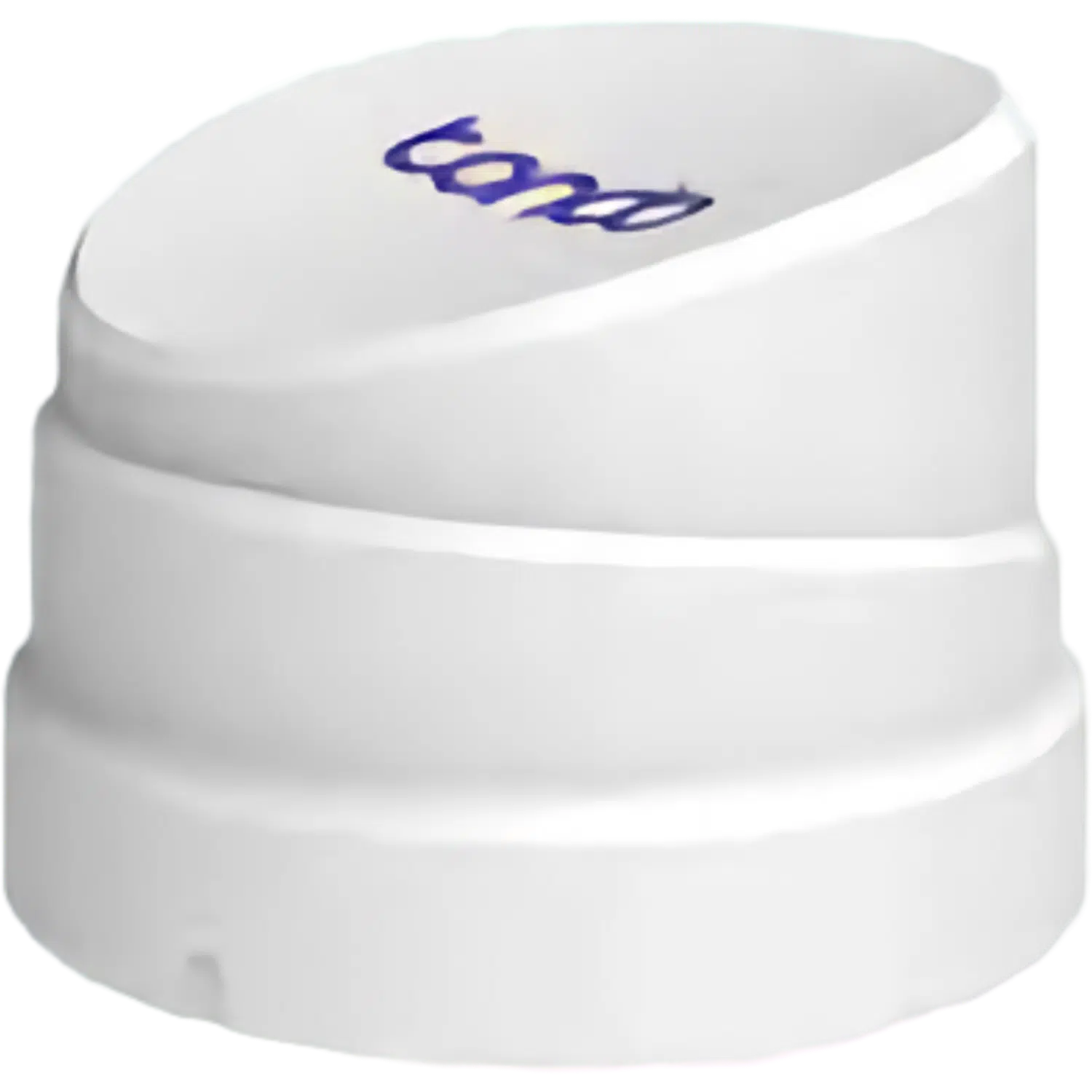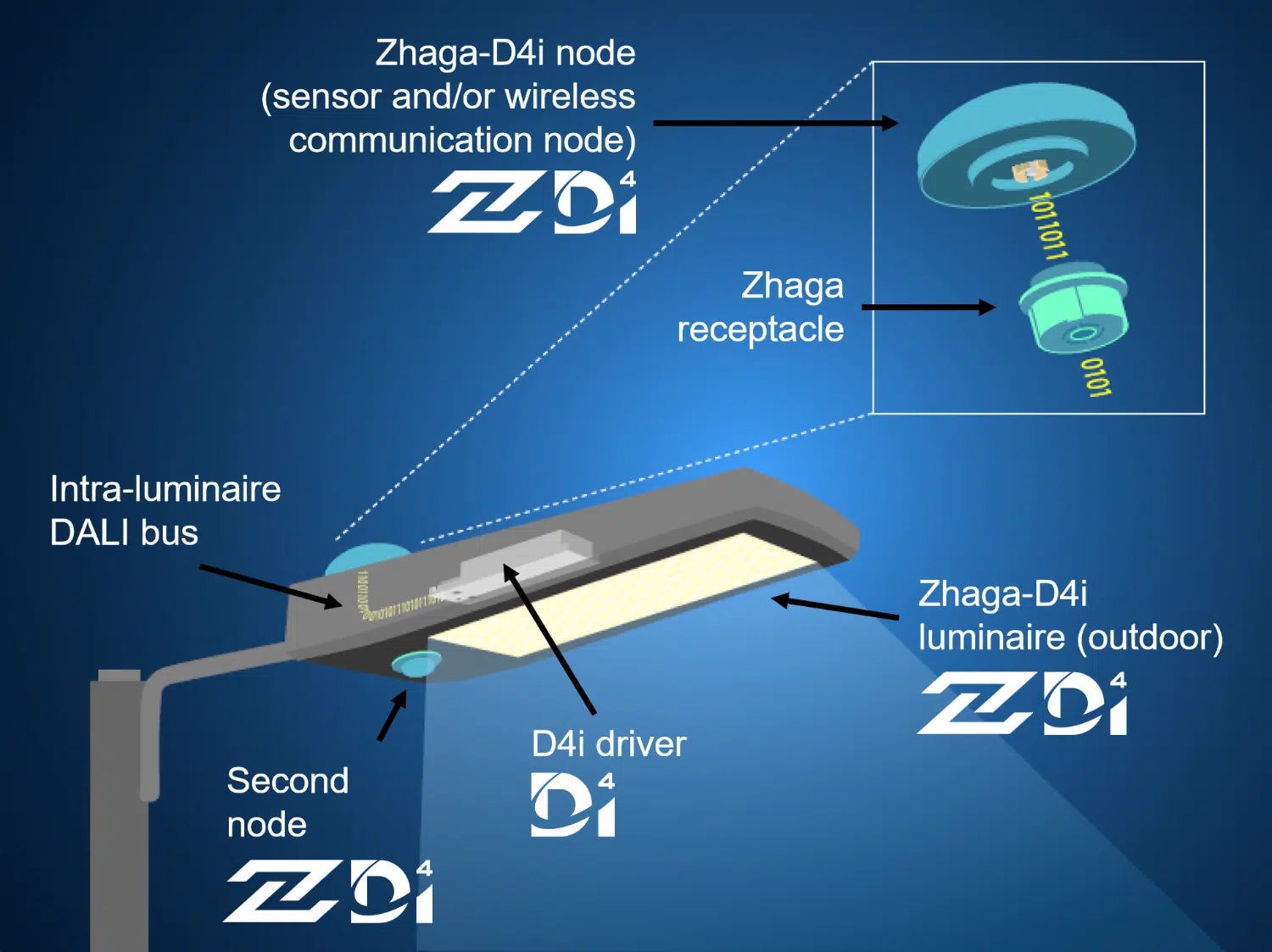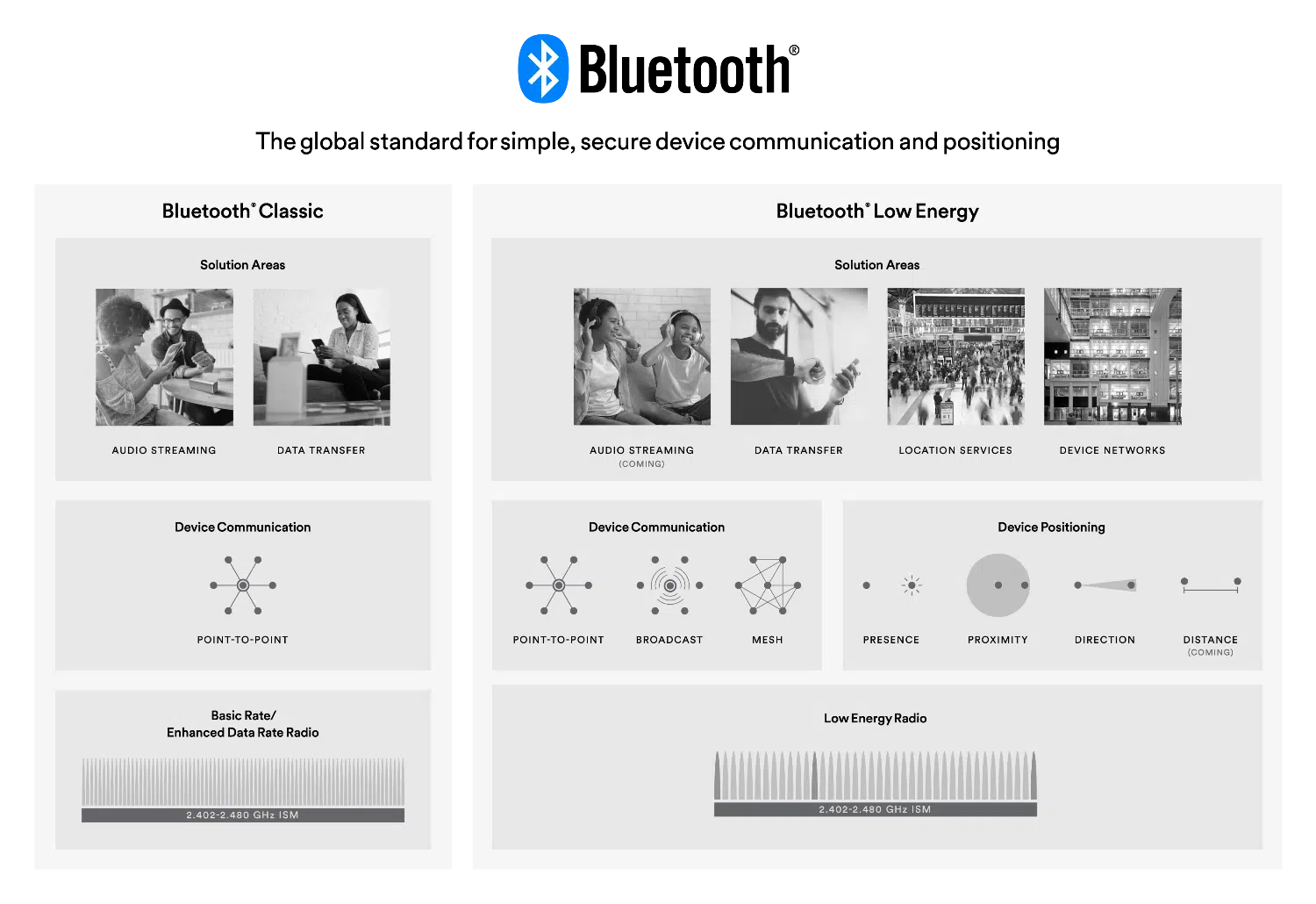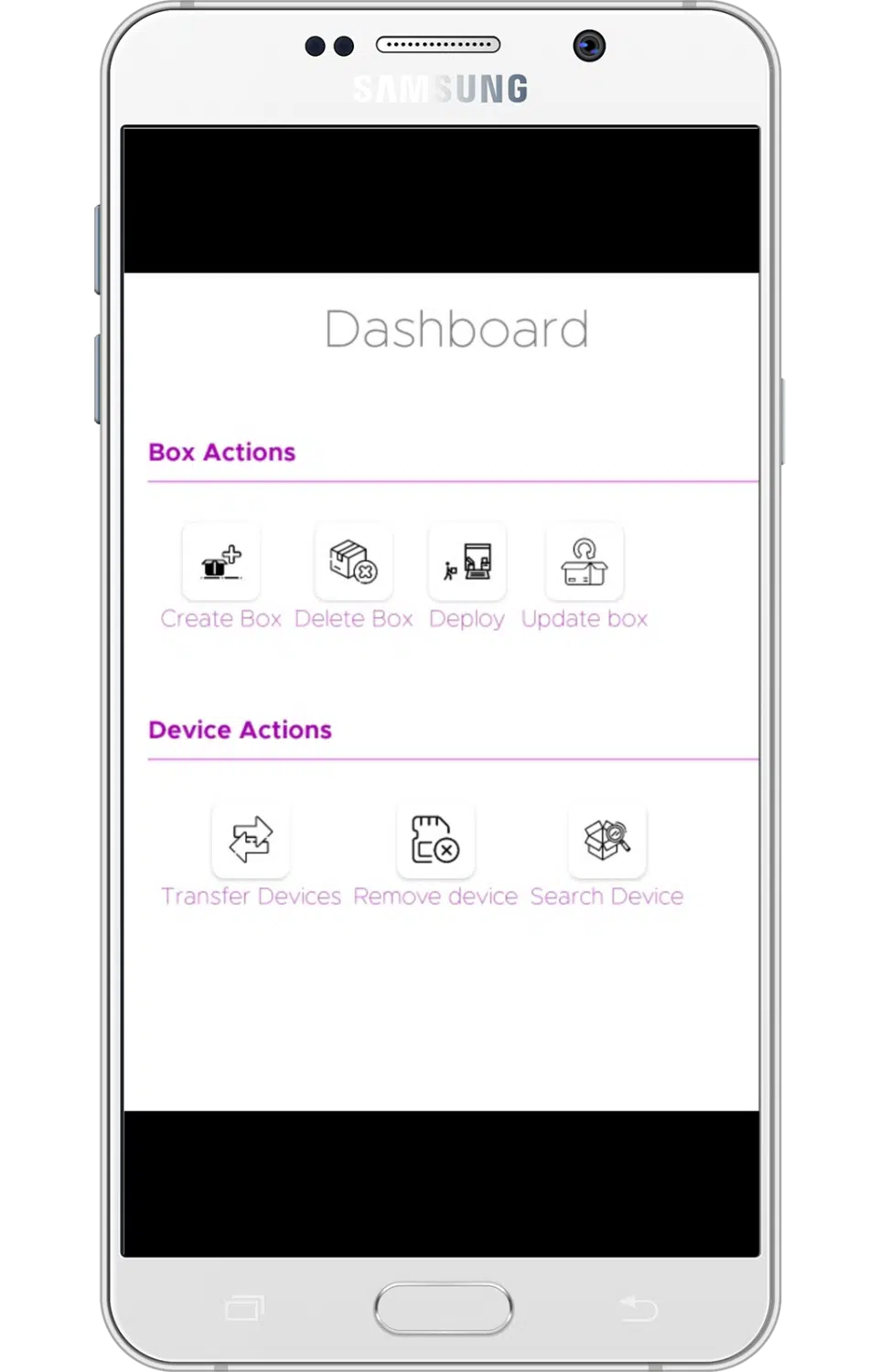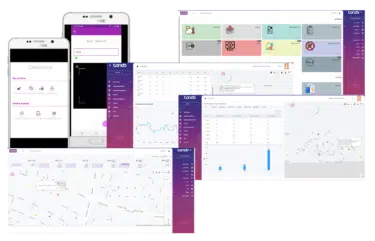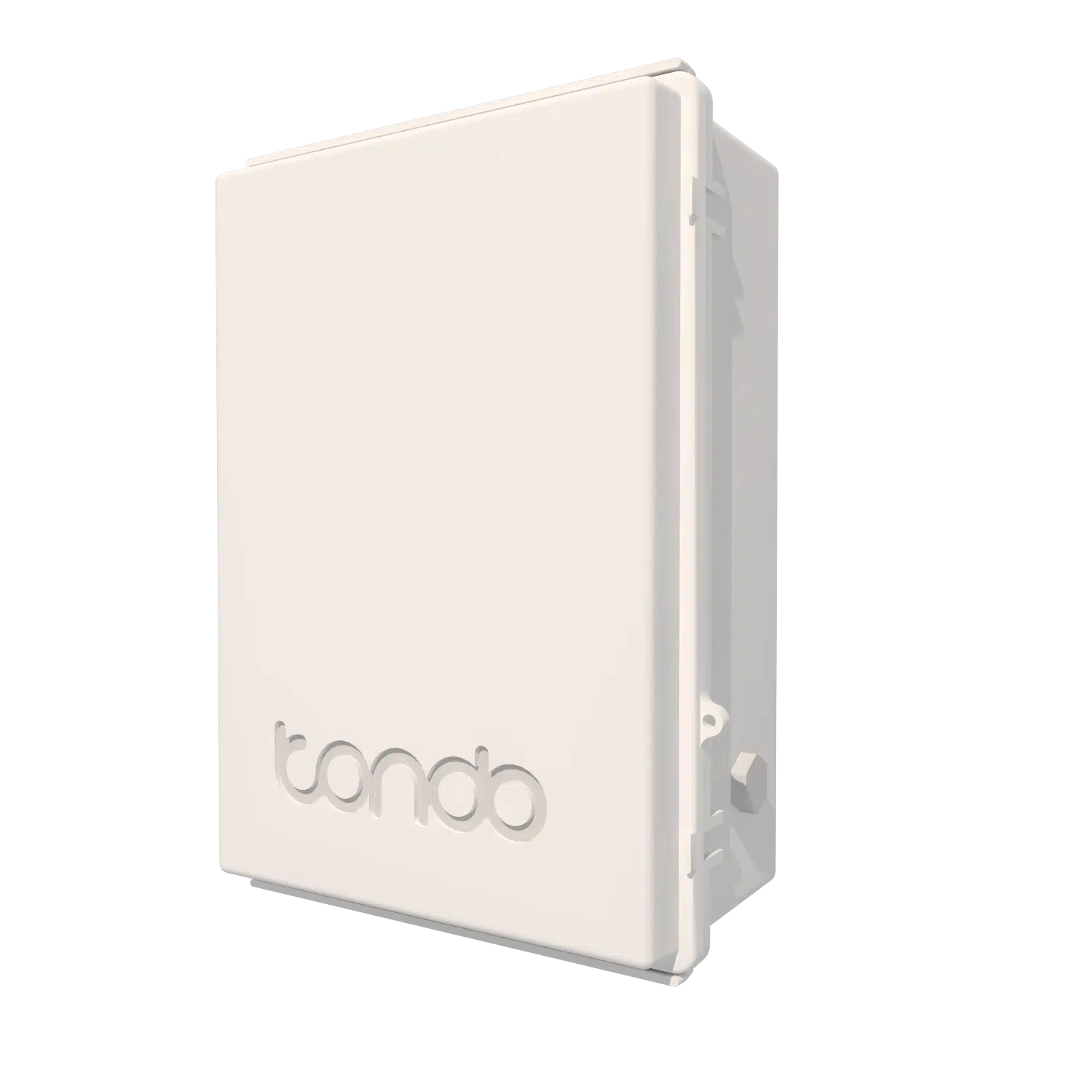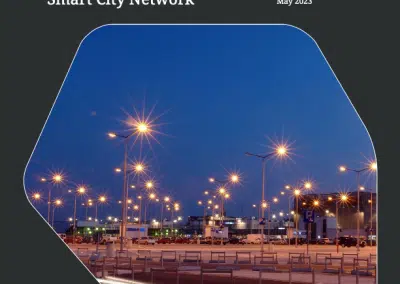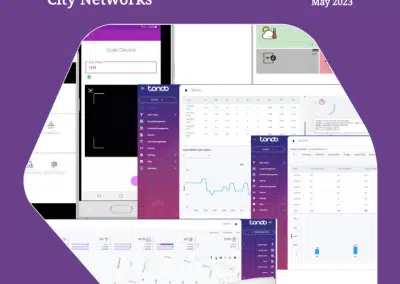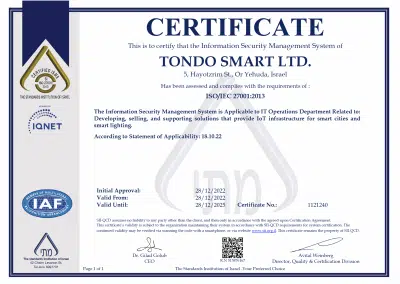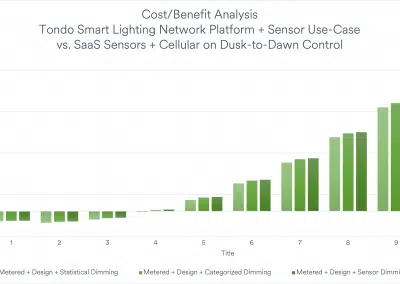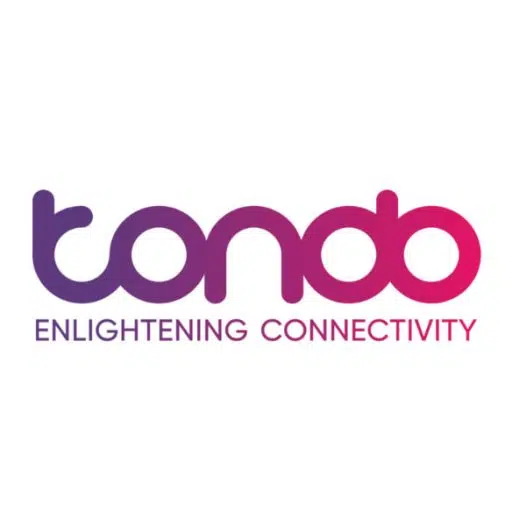This paper is ideal for lighting designers and city engineers responsible for implementing and managing advanced street lighting solutions. It addresses methods for optimizing the reduction of energy use and related GHG footprint, but also details out the cost of ownership and available savings from LED retrofit projects, the effective lighting design enabled by smart lighting controls.
Note however that this case does not address the operational and management cost savings
Key Findings
- In the global perspective of electric energy usage, lighting’s share reaches 19% on a global scale and 50% on a Europe-only scale
- LED retrofitting enables the reduction of energy consumption by at least 40%
- Advanced lighting controls can reduce baseline costs by 15%
- Effective design of the lighting profiles by controls capable of optimizing in response to traffic and area conditions can reduce baseline costs by 15%
The presented case study shows that, thanks to applying the proposed method, one can design a lighting system which has the energy consumption reduced by up to 70%.
The baseline lighting costs from the study are based on HID lighting. For scenarios where the baseline costs are based on existing LED lighting, the available savings suggested by the study then become:
- A 25% reduction in energy consumption from advanced lighting controls
- A 25% reduction from effective design of the lighting profiles enabled by the advanced lighting controls
In this respect, we can see that it is reasonable to estimate the potential savings of adaptive dynamic lighting controls may be able to drive a savings of:
- 30% of the total energy costs from an existing HID-based lighting system, independent from the 40% savings available from an LED retrofit
- 50% of the total energy cost from an existing LED-based lighting system
It is important to note the distinction noted in this study that the savings from advanced lighting controls requires solutions that are capable of sensor connectivity that can dynamically monitor the ambient light and adapt to provide consistent illumination that avoids over-lit or under-lit roadways.
Contact us at Tondo to learn how we can help you optimize your energy savings from roadway and area lighting!

